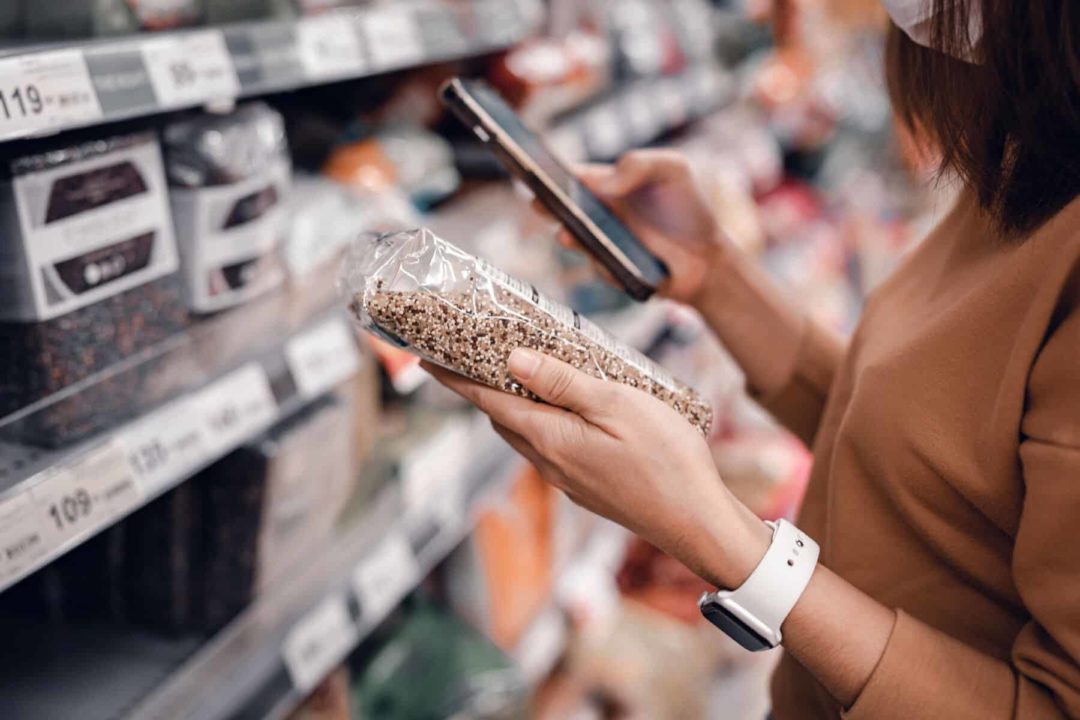Sound familiar? Amazon knows this is happening, too, and they’ve found a way to stop it—not that they’re sharing the tech: Back in 2017, the company was awarded a patent for “Physical Store Online Shopping Control,” which can sense when a customer is trying to access a competitor’s website, according toThe Washington Post.Amazon can then block access to the competitor’s site, redirect the customer to Amazon’s own site, notify an Amazon sales associate to talk to the customer, or send the customer a text message with a coupon or other information intended to bring them back to Amazon.
Neither you nor I have access to that technology. What wedohave is knowledge and education that can’t be found on Amazon’s website. And—as a natural products grocer—you can consider other technology, like ELI codes, to help redirect customers who want to use their phones, to help educate your customers, to help your brand partners promote their products, and more.

As WholeFoodshas covered before, ELI codes are QR codes created by Cornerstone Consulting, wherein the site the code directs to is populated with desired information, rather than having to lead to an existing website. And while these codes can be used anywhere QR codes can be, they can also be placed on a shelf tag, creating an inexpensive and useful smart shelf tag that engages your customers, and gives them something to do when they inevitably pull out their smartphone. Grocers have an advantage—Cornerstone is working with IX-ONE, allowing the company to take product images and information directly from IX-ONE to populate the ELI code, meaning that over 100,000 products already have an ELI code.
But ELI codes have potential well beyond that: Companies can upgrade their code to include videos, URLs, action buttons, education, and more, providing information that customers might have otherwise Googled—and as Googling tends to put a product's Amazon listing right in front of a customer's face, offering an easy and immediate way to obtain information about a product that circumvents Google is a great tactic.
Related: ELI Codes: New Innovation Boosts Safety, Spreads Information Cornerstone Offers Touch-Free Trade Show Solution The Natural View: How Retailers, Brands, and Suppliers Can Gain a Competitive Edge with ELI Codes
Nor is that all that ELI codes are good for. According to David Williams, EVP of Business Development for Cornerstone Consulting, they’re great for education, engagement, contact-free product discovery, and more. Plus, they’re useful for brands, too, allowing a company to provide more information than could be found on a bottle.Looking to learn more? Williams will be taking part in an event at Expo East titledMastering the In-Store Experience, featuring representatives from Fresh Thyme Market, IX-ONE, and Genexa.WholeFoods’own Heather Wainer will be moderating the panel. If you’d like to attend live, register now—seats are limited. If you can’t attend live or can’t snag a seat, you will receive a copy of the recording.









